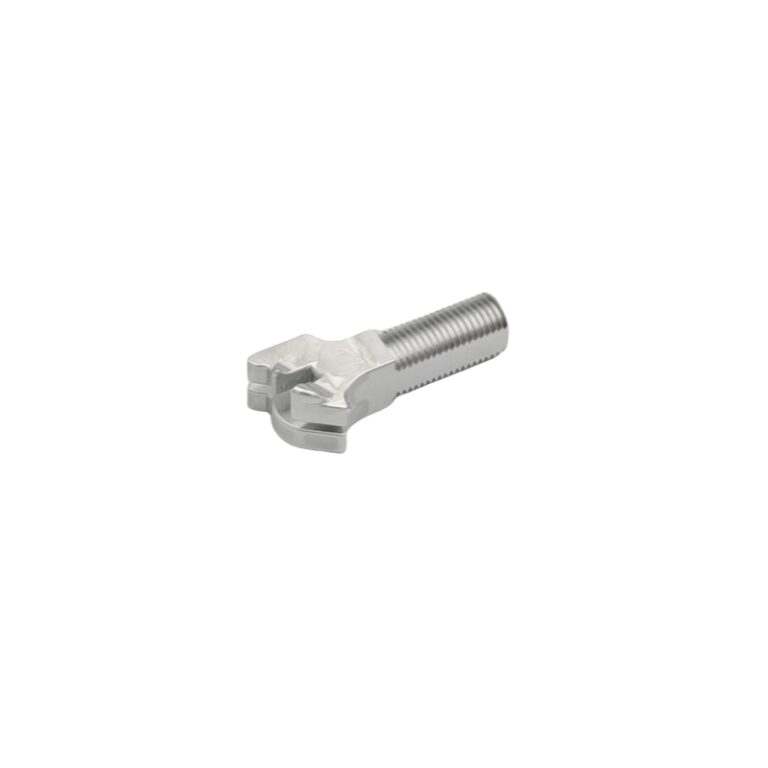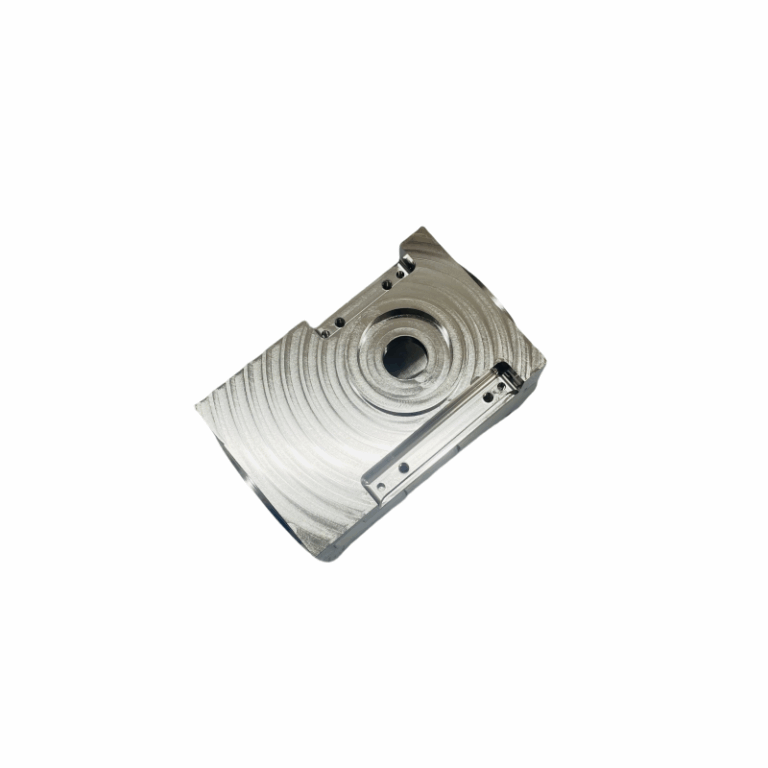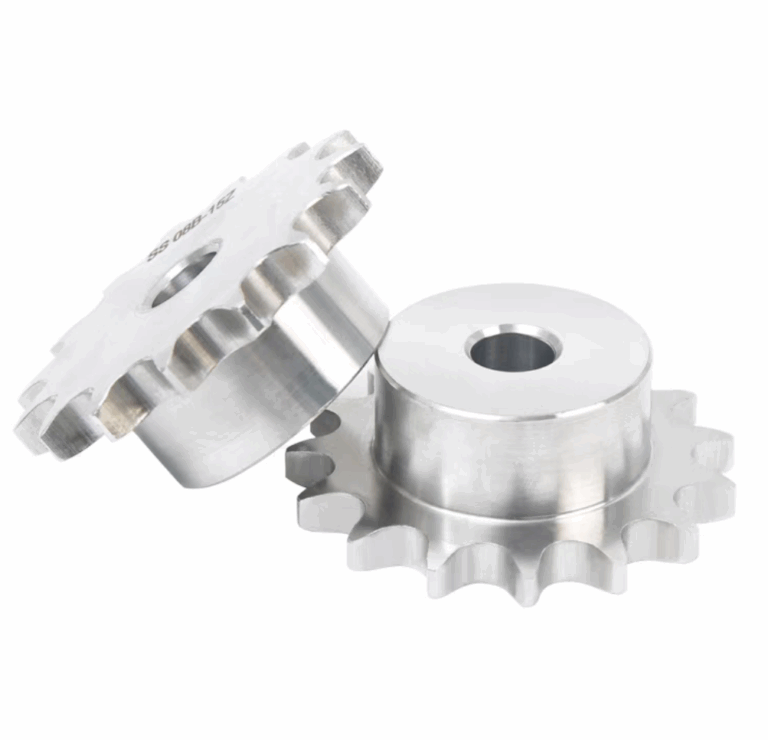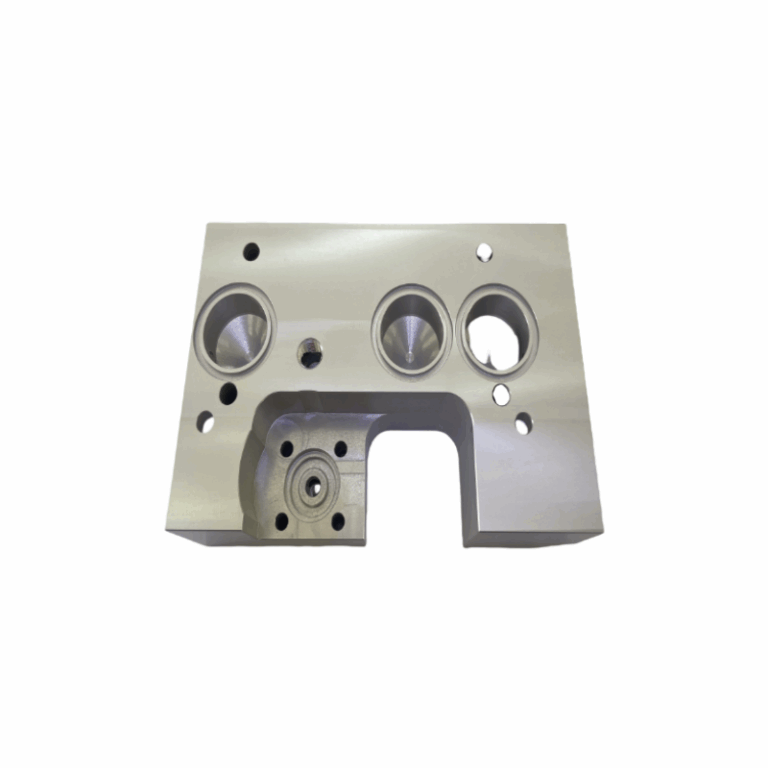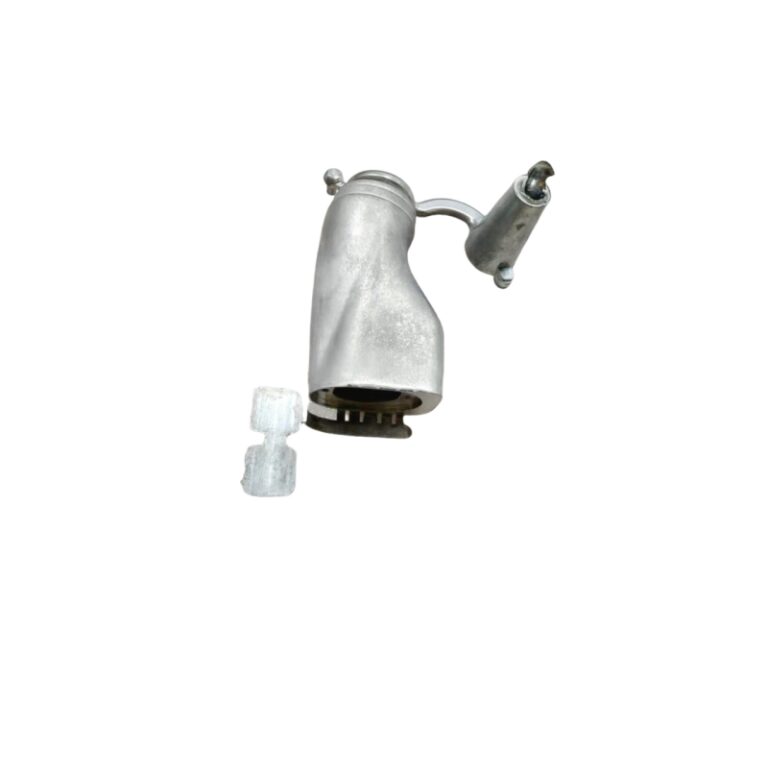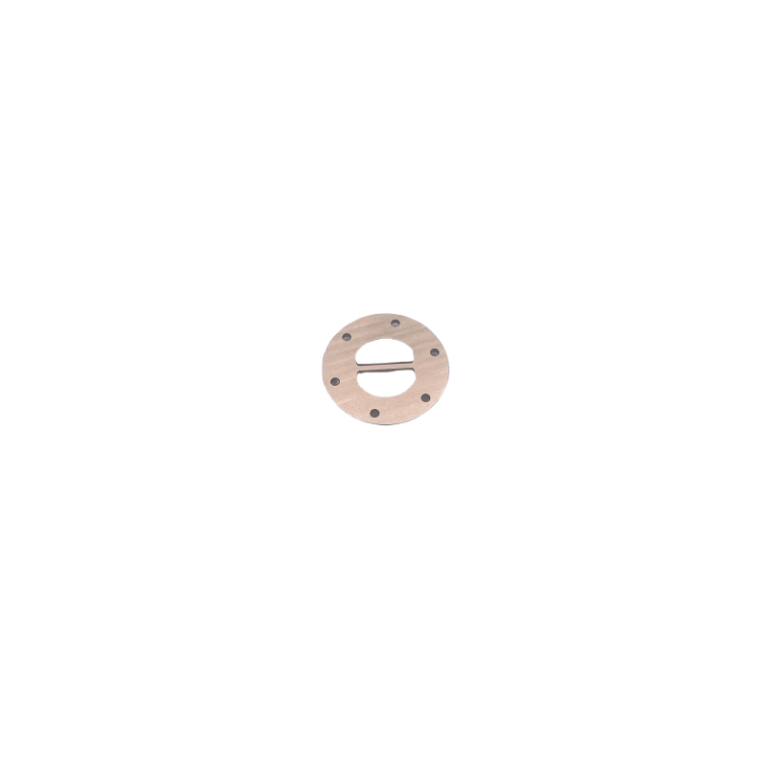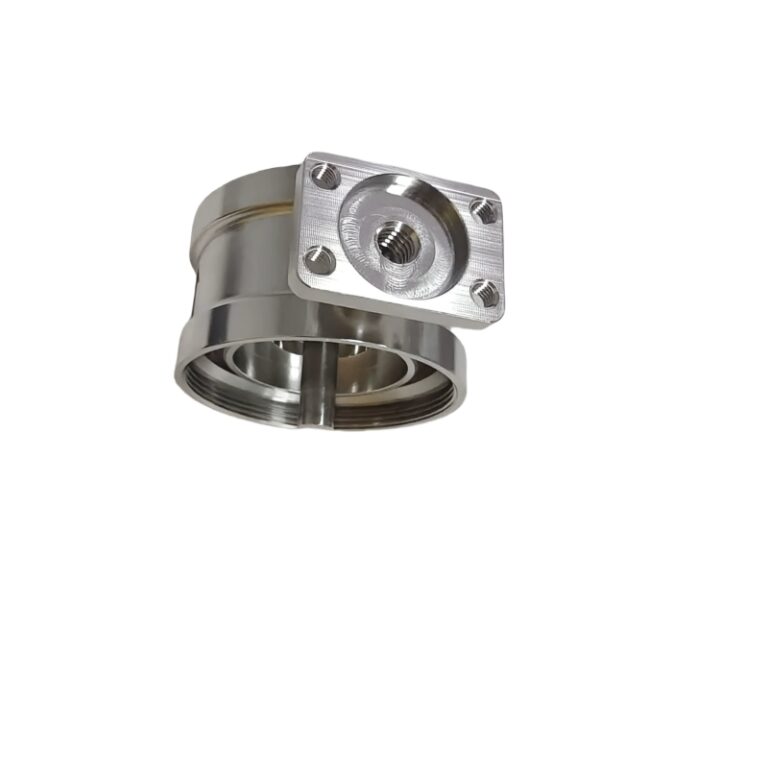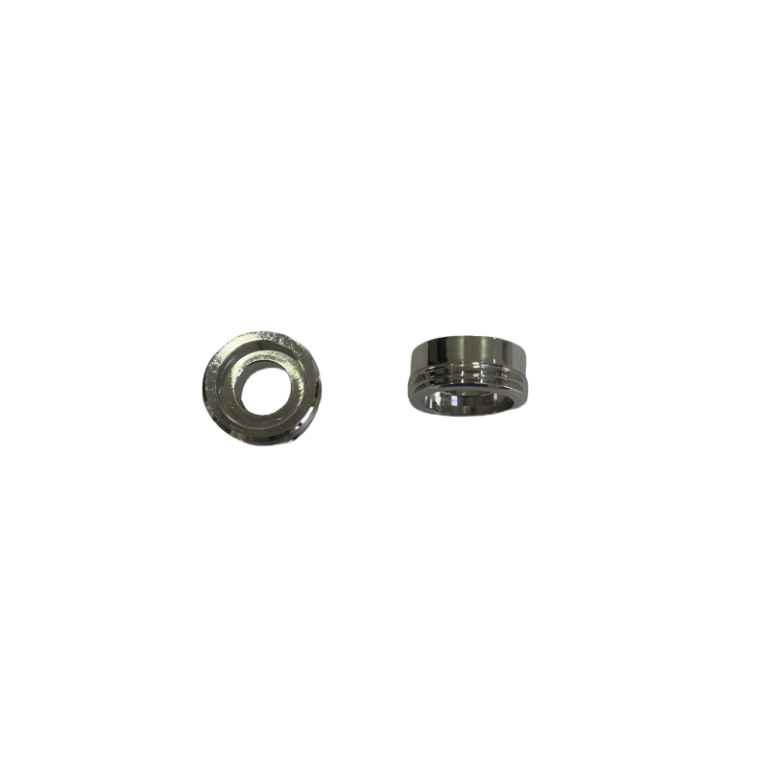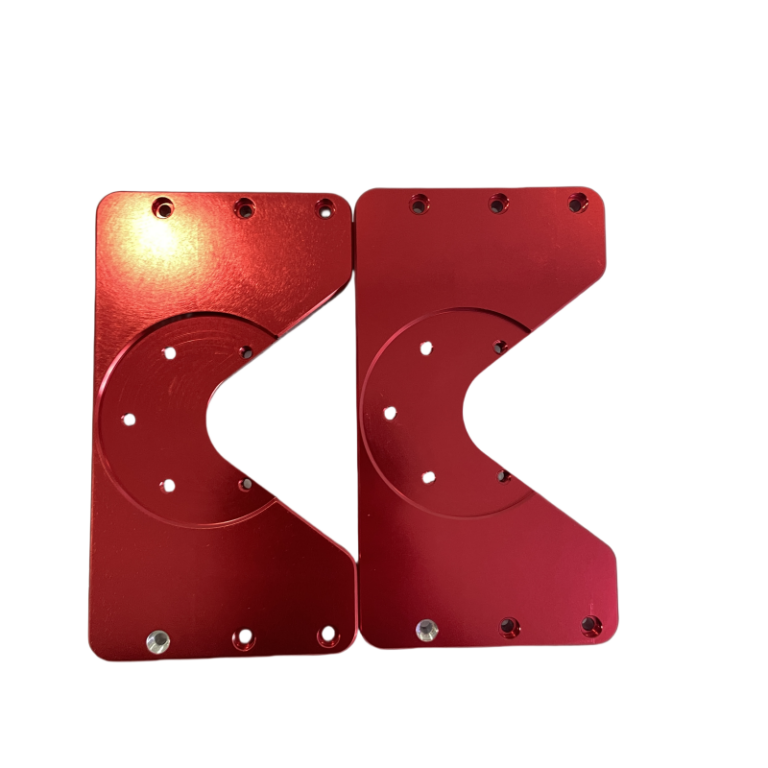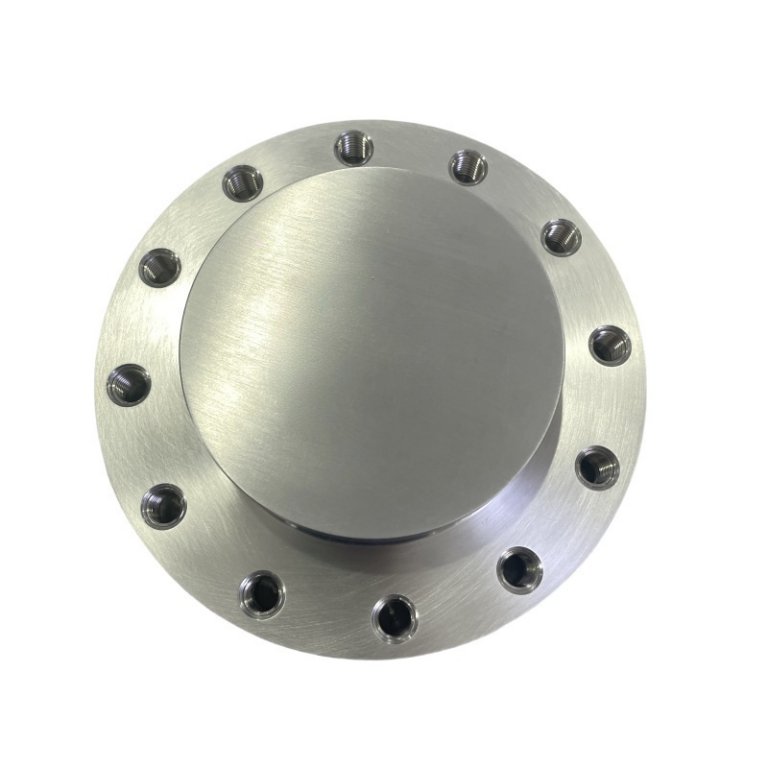Sheet metal bending is a key manufacturing method used in various industries to produce a wide range of items. It can deform a piece of metal at a specific angle or shape. There are many sheet metal bending techniques, each with unique mechanisms and functions. Most methods involve placing the workpiece in a die with a specific bending angle and pressing it with a punch. (Learn more about Metal Bending Services in the CNC Industry)
How to bend sheet metal parts at DMTC:
Step 1: Preliminary Design
The sheet metal bending service starts with creating a detailed design of the final part. Sheet metal bending requires a 3D file, and you can draw the design using software such as AutoCAD, SolidWorks, etc. Subsequently, the design must take into account a variety of factors, including allowance, release, springback, etc.
Step 2: Prepare the documents
Make sure the drawing files are in a compatible format. Bend line indicators are a key element in communicating designs between engineers and technicians. They may be represented by different symbols, solid lines, dashed center lines, or even individual colors, depending on the software and file format.
Step 3: Bending process
During the bending process, the metal sheet is deformed along a straight axis to form the desired angle or curvature. The tools (dies, punches, press brakes) are arranged according to your requirements and the specified angle. The process can form complex parts but has limitations: the angle cannot exceed 130°. Therefore, the bending radius varies depending on the material and thickness.
Step 4: Complete the process
Sheet metal processing can leave some aesthetic defects on the surface, such as mold marks and uneven texture. To improve this, DMTC uses suitable surface treatment techniques after fabrication. For example, painting, powder coating, sandblasting, electroplating, etc. However, if it does not affect the performance and aesthetics is not your primary consideration, DMTC can leave the surface as it is.
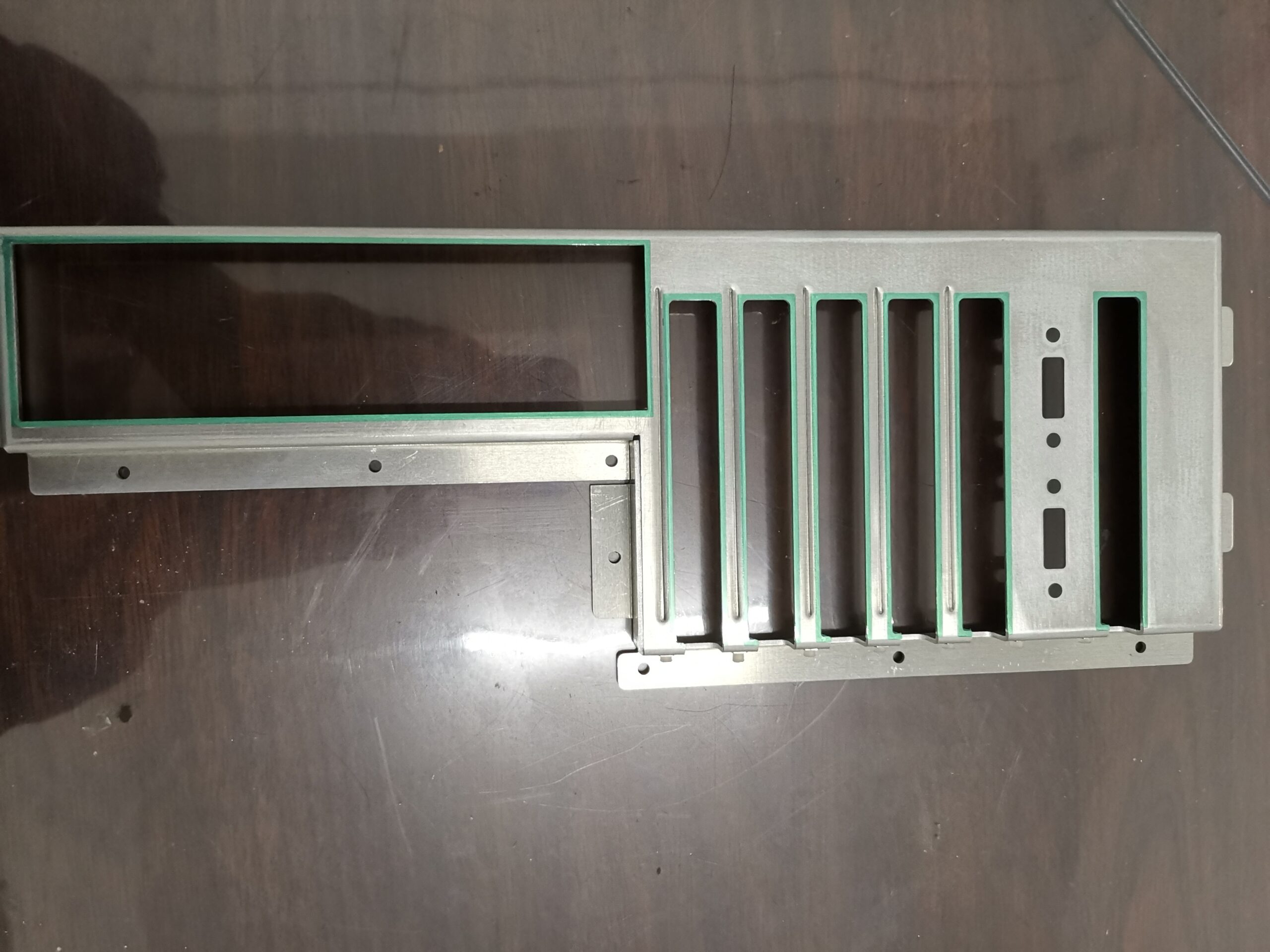
Effective ways for sheet metal bending service at DMTC
There are five techniques that DMTC typically uses for sheet metal bending parts to achieve the desired bend. Let’s figure out how these techniques and types of bends apply to aluminum material.
V and U shape bending
This is the most common sheet metal bending method in most bending projects. It uses a tool called a punch and a V-die or U-die to bend the metal sheet at the desired angle. In this process, the bending punch is pressed on the metal sheet placed above the V-die or U-die. The angle formed by the metal sheet depends on the pressure point of the punch. This makes this method simple and effective.
Air bending
As the name suggests, the punch performs the bend without contacting the bottom of the die. This means that the punch remains in the air before returning to the initial position. We can say that it is the opposite of bottom bending. Therefore, air bending is also flexible and has bending angles of 30°, 60°, 90°, 120° and 135°. One disadvantage of air bending is the spring-back effect. The punch does not hold the surface of the working sheet in the last position (bottom). Therefore, there is a risk of deviation of the bending angle.
Roll bending
This type of bending produces bends like cones, tubes, and pipes. It involves three rotating rollers, two drives, and one adjusting roller. The two drive rollers at the top and bottom rotate in opposite directions while the material is sandwiched between the top roller and the two bottom rollers.
The bending force is created by the top roller pressing against the material while the bottom roller provides resistance and shapes the material as it passes. The bend radius can be controlled by adjusting the position of the top roller and the spacing between the bottom rollers.
Rotation bending
Rotary stretch bending involves clamping the workpiece or sheet and rotating it around a bending die. At the same time, external support (holding die) is provided outside the surface to avoid flattening. This type of sheet metal bending technology allows for consistent, repeatable bends without any surface defects. In addition, rotary bending is also used to bend stainless steel tubes or other cylindrical parts.
Edge bending
This is suitable for situations where reaming is not suitable due to the large size of the edge. During edge bending, the workpiece is held tightly in a fixture or die, and then the punch applies force to deform it.
Sheet Metal Bending Material
Sheet metal bending is suitable for many metal alloy grades, such as steel, aluminum, copper, titanium, etc. However, the allowed thickness and bending radius may vary depending on the characteristics of the individual materials. A wide range of material options allows you to select the material that best suits the functionality and performance you require.
| Metal | Grade | Characteristic |
| Aluminum | 6061,5052,3003 | Lightweight, corrosion-resistant, good machinability |
| Stainless steel | 304,316,430 | Corrosion-resistant, durable, hygienic and beautiful |
| Copper | C110,C101 | Excellent conductivity, corrosion resistance, forgeable |
| Brass | C26000,C36000 | High strength, corrosion resistance, beautiful appearance |
| Titanium | Grade2,Grade3 | High strength, light weight, corrosion resistance, good biocompatibility |
| Steel | A36,1018,1045 | High strength, good ductility, weldable, economical and efficient |
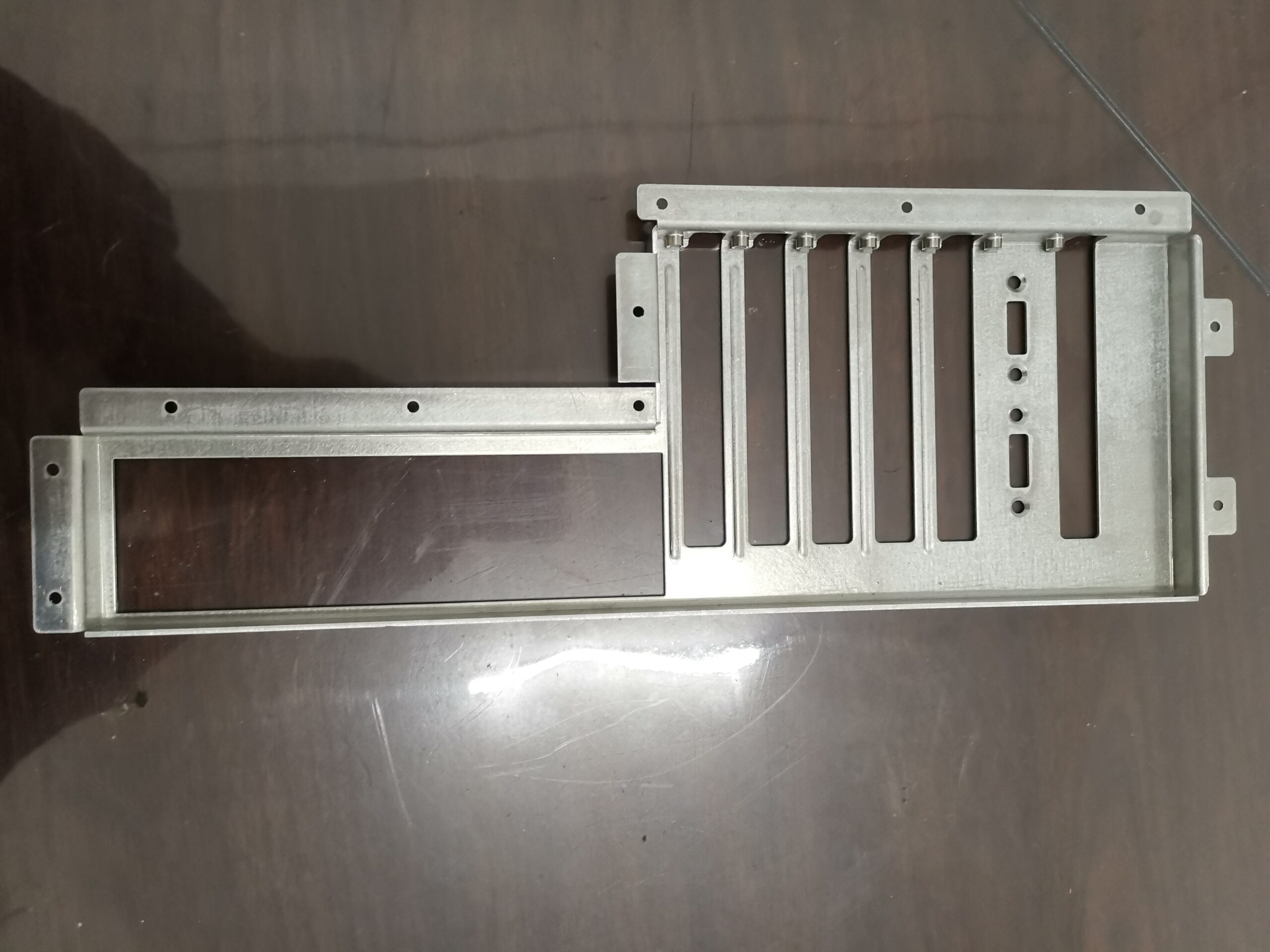
Aluminum Alloys For Bending Parts
Aluminum is one of the most commonly used materials in sheet metal bending. Different manufacturing techniques are used to process aluminum sheets into the desired parts, aluminum bending service is an important part of industry manufacturing. It is a very suitable material for bending parts, such as aluminum 3003, aluminum 5052, and aluminum 6061. Among them, aluminum 5052 is the material that our DMTC produces the most bending parts. (Learn more about aluminum alloy processing applications)
Aluminum 5052 is a conventional rust-proof aluminum alloy. It is divided into 5052-O aluminum, 5052-H112 aluminum, 5052-H32 aluminum, and 5052-H34 aluminum. 5052 aluminum is widely used in fields such as shipbuilding, machinery, electronic appliances, chemicals, construction materials, decoration, and decoration due to its good mechanical properties, cutting performance, and anodizing performance.
5052-H32 is the most commonly used material of 5052 aluminum. H32 represents the state of the processed product, and H can be understood as incomplete annealing and work hardening. That is, the product has been annealed, and the hardness has been reduced to be suitable for processing and molding. At the same time, to prevent the hardness of the product from being too soft, appropriate work hardening has been carried out. 32 represents that the product has been stabilized and the hardness is 1/4 of the hardness. It has strong corrosion resistance, good surface oxidation, good bending ability, and no cracking when bent at 90 degrees. It is a typical sheet metal material, suitable for chassis cabinets and other classic materials that require bending processing.
Get Professional Sheet Metal Bending Services at DMTC
Sheet metal bending usually involves many technical details. Sometimes, parts will be machined with deformation, warping, and shrinkage. At DMTC, we have lots of rich experienced engineers and machinists who can prevent and respond to all of these problems.
Sheet metal bending services at DMTC ensure precise fulfillment of your project needs. We handle aluminum bending parts with high tolerances and high-volume production capabilities while ensuring efficient and minimal turnaround time. In addition, we offer a wide range of materials such as brass, copper, and steel. Our factory can help you achieve the desired parts from the design stage to the surface finish. Do you want to know more about our capabilities? If you would like to analyze or optimize your project, contact us today and get an instant response!

